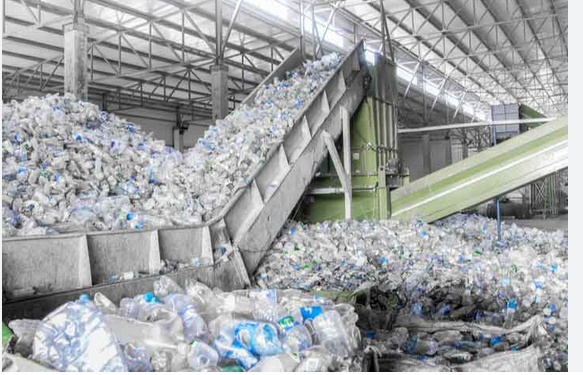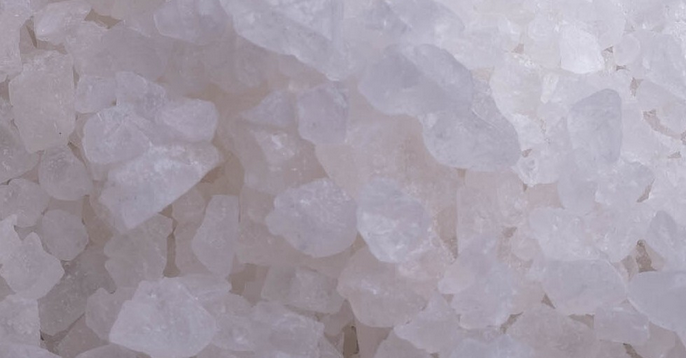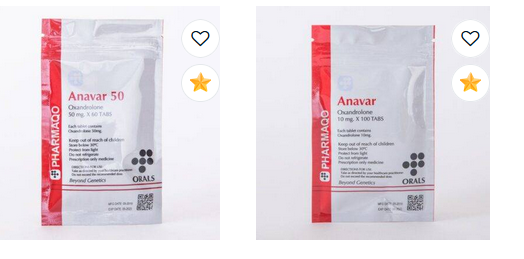Plastic contamination is amongst the most urgent environmental concerns the world is facing nowadays. It’s a serious risk to the oceans, marine existence, as well as our health and wellbeing. The unhappy fact is that not all plastic materials are increasingly being reused. The truth is, only 9% of all plastic-type squander ever plastics recycling made continues to be reused. It’s time for us to take motion and do our component in lessening plastic-type material waste. 1 option would be to recycle plastic. If you’re a novice to plastic recycling, this beginner’s manual is made for you. We’ll explore what plastics can be recycled, how to identify them, and the way to reuse them correctly.
What plastic materials may be reused?
Not every plastic materials might be re-cycled. However, most home plastics could be reused. The most typical forms of plastic-type material which can be reused include Polyethylene Terephthalate (PET), Substantial-Solidity Polyethylene (HDPE), Lower-Density Polyethylene (LDPE), Polypropylene (PP), and Polystyrene (PS). These plastics are employed to make various items, such as package containers, bags, wrapping materials, and more.
How you can establish recyclable plastics?
The most effective way to determine recyclable plastics is actually by trying to find the trying to recycle sign on the item. The mark is often positioned at the end from the product and is made up of three arrows that kind a triangle. The arrows may also have a number in the center implying the type of plastic-type. As an example, Dog is tagged with the top rated, although HDPE is marked with the amount 2. However, its not all products use a recycling symbol. On the whole, in the event the plastic material is firm and possesses an even surface, it’s usually recyclable.
The way to reuse plastic-type material appropriately?
The first task in recycling plastic-type material is to ensure that the plastic material is neat and dried out. Wash the plastic-type with water and allow it to free of moisture prior to placing it within the recycling bin. In no way blend different kinds of plastic-type material inside the exact same container. This will make it a hardship on the trying to recycle facility to sort and process the materials. If you’re unsure if your plastic-type is recyclable, it’s best to let it sit out of the recycling container.
Where you can recycle plastic-type material?
Many cities have curbside recycling plans that collect home plastic material spend. Seek advice from your neighborhood recycling service to find out what forms of plastic-type are accepted and how they will be ready for trying to recycle. You may also drop off plastic-type squander at trying to recycle locations, some grocery stores, and also other places that provide plastic material trying to recycle professional services.
In short:
The plastic material waste materials issue won’t go away immediately, but we can easily all play a role in lessening it. Trying to recycle plastic material is an easy and straightforward phase we will take to minimize the volume of plastic material waste materials that ends up in landfills and oceans. Keep in mind to ascertain if a plastic is recyclable, clean and dried out it correctly well before recycling, and downpayment it from the right bin or spot. With each other we can produce a good influence on the planet and make up a much better potential for your environment.



